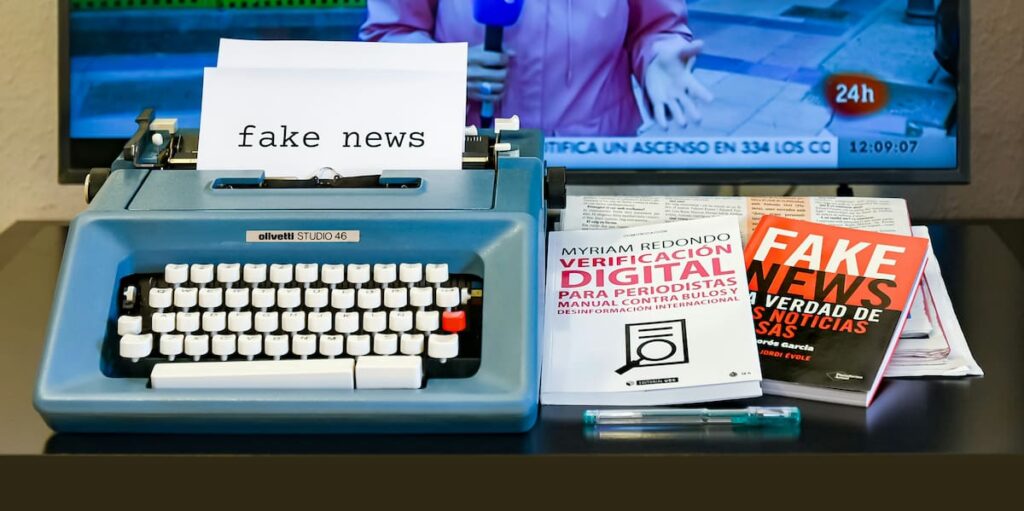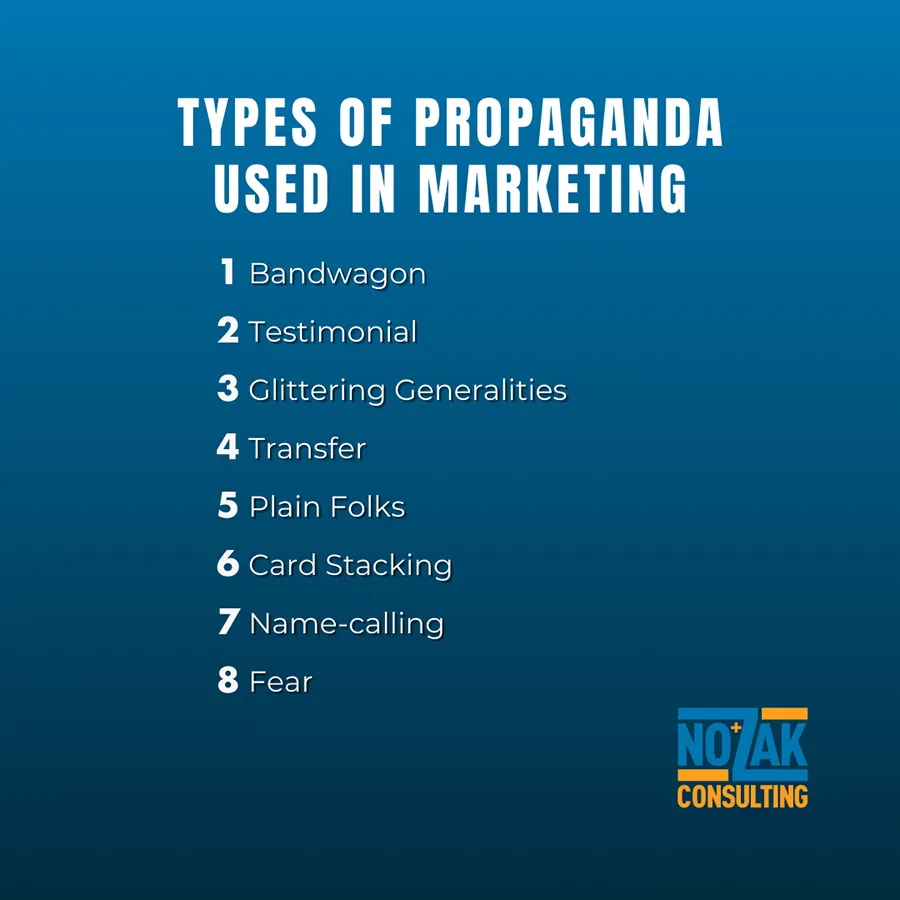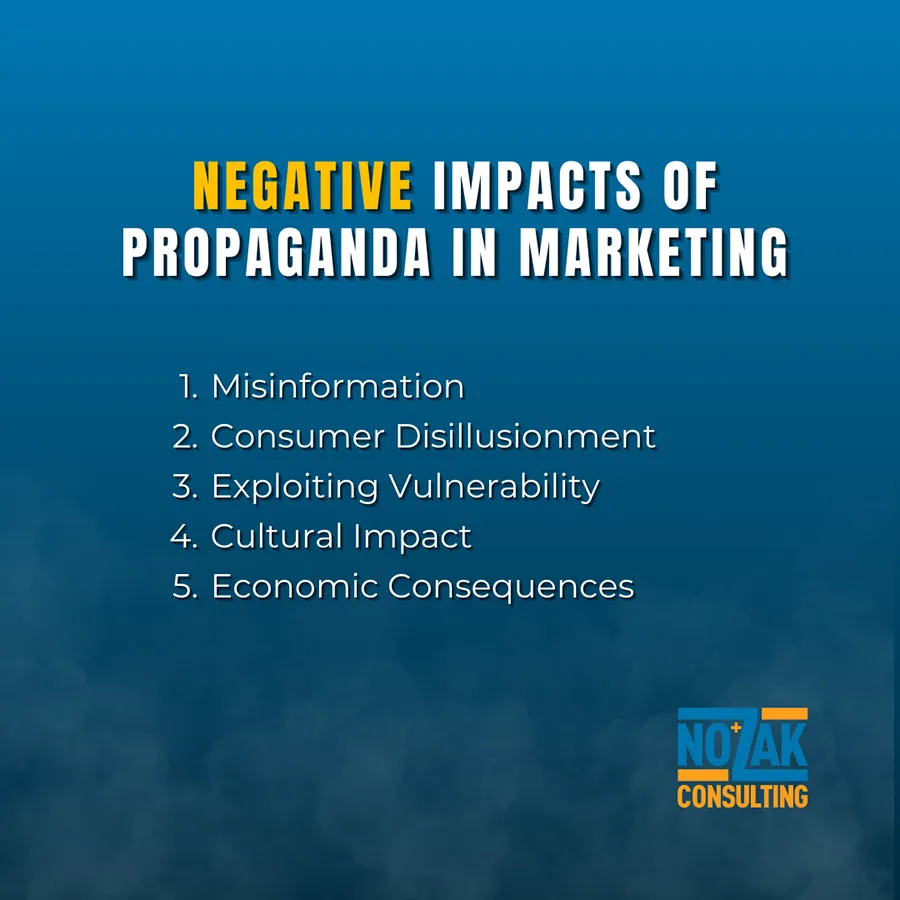
You may think of old newsreels when you hear the word ‘propaganda,’ but it’s still alive and well in advertising. Find out about eight common types of propaganda still in use today.
Advertisers use several strategies to increase sales. Many of these strategies rely on our own weaknesses. Whether you want to be rich, popular, or attractive, advertisers know that we humans have these desires and they use them to make products more appealing.
You may not realize it’s happening, but propaganda is used throughout marketing. When taken by themselves, the strategies do not appear to be that interesting. In spite of this, time and time again, they have shown how powerful and effective they are.
What Is Advertising?
Advertising is a form of communication intended to persuade an audience to take some action. This is usually with respect to a product, service, or idea. Advertising occurs across various mediums, including television, radio, print, online, and outdoor displays.
Its primary goal is to promote the sale of goods or services. It can also inform the public about new offerings or reinforce brand loyalty. The techniques used in advertising range from the informative to the emotive. Advertisers will leverage narratives, visuals, and slogans to craft compelling messages that resonate with their target audience.
What Is Propaganda?
Propaganda refers to information, especially of a biased or misleading nature, used to promote or publicize a particular cause or point of view. Unlike traditional advertising, which primarily promotes products or services, propaganda aims to influence public opinion. It does this by manipulating emotions and facts or presenting half-truths.
Propaganda can be found in various forms, such as posters, films, speeches, and media publications. Historically, propaganda has been employed by organizations to sway public perception and achieve specific objectives. The power of propaganda lies in its ability to shape beliefs and behaviors. It does this by appealing to emotions and biases rather than logical reasoning.
Intersection of Advertising and Propaganda
Propaganda and marketing intersect in how they craft and disseminate narratives. Both utilize storytelling to sway public perceptions. Emotional appeals are central to both. Both capitalize on feelings like hope, fear, or pride to connect with audiences. They simplify intricate subjects into more accessible stories, making them relatable and memorable.
Symbols and repetitive messaging further enhance the impact. Whether it’s a patriotic figure in wartime propaganda or a joyful individual in commercials, symbolism conveys deeper meanings. Repetition across platforms solidifies the narrative in people’s minds.
By presenting selective information and targeting specific audiences, both propaganda and marketing narratives can achieve greater effectiveness. The use of prominent figures or influencers can lend credibility and extend the reach of these narratives.
Types of Propaganda Used in Marketing

Here are the types of propaganda you will come into contact with the most. For the most part, these forms of propaganda are simple, straightforward, and effective.
1. Bandwagon
This technique encourages consumers to purchase a product or support an idea because “everyone else is doing it.” The underlying message is that you’re missing out if you don’t jump on the bandwagon. We often associate this with the application of peer pressure.
2. Testimonial
A testimonial is when a marketer uses endorsements from celebrities, experts, or relatable individuals to persuade customers of the value of a product. The underlying idea is that if it’s good enough for this person you admire or trust, it’s good enough for you.
3. Glittering Generalities
Marketers use vague and positive phrases that are appealing but lack specific details. Words like “natural,” “pure,” or “revolutionary” can be used to describe products without offering concrete evidence of such claims.
4. Transfer
This technique involves associating a product or brand with positive symbols or feelings, even if they’re unrelated. For instance, using images of nature, flags, or happy families can evoke positive feelings, which are then associated with the product.
5. Plain Folks
Advertisers present their products as a good choice for “ordinary people.” By portraying their product or brand as down-to-earth or relatable, they aim to connect with everyday consumers. There are numerous strategies that employ this, such as not having actors appear in an ad.
6. Card Stacking
This involves presenting only the positive attributes of a product and not any negative information. By showcasing only the good, marketers aim to make a product seem more appealing than it might actually be if all facts were presented.
7. Name-calling
While more common in political propaganda, it can also appear in marketing, especially in comparative advertising. Here, a brand might indirectly or directly disparage a competitor to make its own product seem superior.
8. Fear
Marketers play on consumers’ fears, suggesting that something negative could happen without a particular product or service. This is often seen in insurance ads or security products, implying that without their offering, the consumer is at risk.
The Negative Impacts of Propaganda in Marketing

The use of propaganda techniques in marketing can have several negative impacts on consumers and even the brands themselves. Here are some of these adverse effects:
1. Misinformation
Propaganda techniques can sometimes result in consumers receiving distorted or false information about products. It can lead them to make ill-informed purchasing decisions. One side effect of this is bitterness or resentment towards the brand in question.
2. Consumer Disillusionment
Over time, if consumers repeatedly feel misled by propaganda-style advertising, they may become disillusioned or skeptical. This can make them start doubting marketing claims in general, leading to mistrust.
3. Exploiting Vulnerabilities
Using fear or other emotional triggers can exploit the vulnerabilities of consumers. They could then act against their best interests. For example, some health or beauty product advertisements prey on insecurities. It could be suggested that one needs a particular product to be accepted or loved.
4. Cultural Impact
Repetitive marketing narratives (like certain beauty standards or lifestyle aspirations) can shape cultural norms and ideals. It can often lead to marginalizing those who don’t fit into these prescribed notions.
5. Economic Consequences
Misleading advertisements can lead to bad investments or purchases. If a significant number of people invest in a product or service based on false claims, it can disrupt markets. Actions like this can sometimes be criminal or liable for damages.
Ethical Marketing and Propaganda
It is best to avoid anything that could be considered unethical when advertising. A brand should establish itself using factual, high-quality content and marketing. There’s no reason to resort to these methods unless you are knowingly selling an inferior or defective product.
By avoiding propaganda in marketing, a brand can set itself up as a trusted thought leader in their industry. The return on establishing a place for a brand like this is much greater over the long term.
